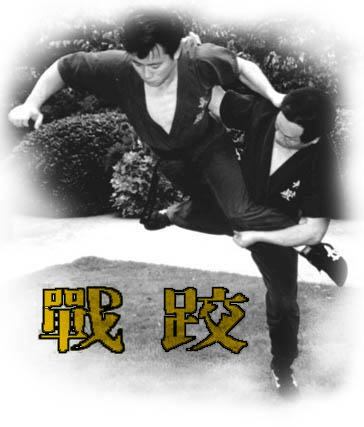There are many different throws exist in MA. Not every throw can be used to end a fight. How to throw your opponent so his head will hit on the ground is the key.
Why there are no MA discussion in this area? Your thought?


Why there are no MA discussion in this area? Your thought?


Last edited:

